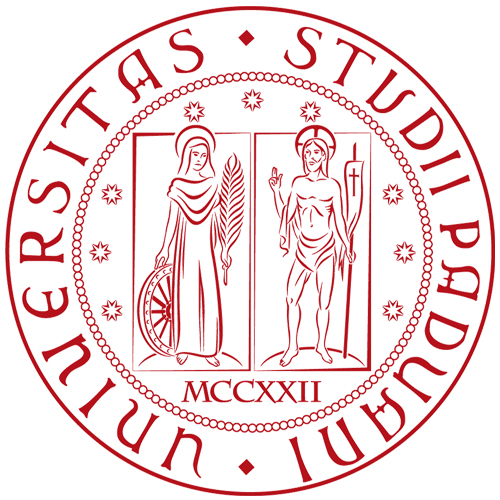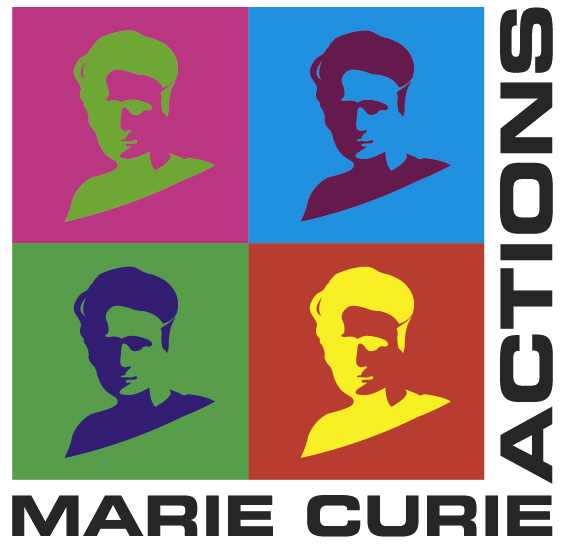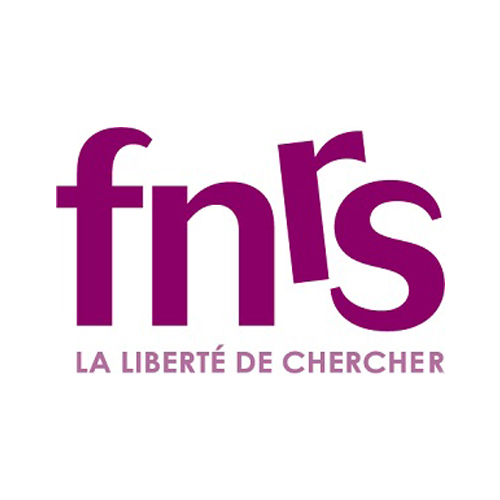PHRC033 : Dedication to Arsinoe Philadelphos, Palaipaphos - Cyprus (270-240 BC) Dedication
Permanent ID http://s.phrc.it/phrc033
Text constituted from: autopsy of the stone on 24.10.2016.
Other editions: I.Palaipaphos 13, followed by I.Paphos 7 (the latter with wrong indication of size; the measures above are taken from Mitford, I.Palaipaphos 13, and confirmed by autopsy of the stone).
See also: Nicolaou 1993, p. h; Anastassiades 1998, p. 138, no. 6; Caneva 2014, no. 25; Caneva 2020.
Images: I.Palaipaphos, Pl 1; I.Paphos, fig. 38.
Further bibliography:
Online record: PHI
As already argued by Mitford in I.Palaipaphos 13, originally our stone was a small rectangular altar, which was later reduced into a block for reuse as building material (cf. the case of PHRC023 and PHRC024 in Pergamon). The altar was most probably of the same type described in PHRC032. The anomalous treatment of the upper part of the stone is therefore not original, but the result of a later intervention to fix the stone in a wall. Conversely, in I.Paphos 7, Cayla (p. 71, 129) compares this stone with PHRC034 (I.Paphos 8), which is in fact a block of bigger size and for which a different function can be assumed.



